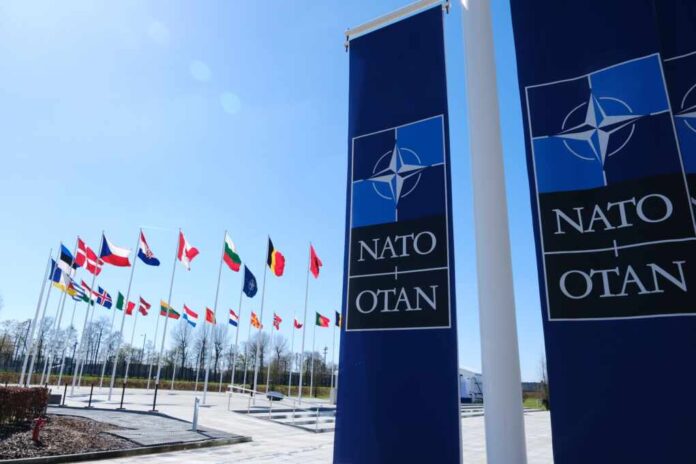
The weekend mobilization of NATO aircraft by Poland and allied forces in response to Russian missile strikes on Ukrainian infrastructure brought into focus the alliance’s sometimes competing missions of deterrence and diplomacy. Polish military commanders reported the activation was a reaction to “another wave of long-range aviation attacks by the Russian Federation on facilities located in the territory of Ukraine.”
Poland’s defense ministry maintained constant communication with operational command on Saturday while Russian President Vladimir Putin continues to make nuclear threats and deploy atomic weapons in neighboring Belarus. The immediate crisis appeared to subside later on Saturday when Poland’s Operational Command declared the operation over due to a reduced threat level.
The recent surge in military dynamics extends beyond immediate border concerns with NATO aircraft observed operating along the alliance’s eastern borders. This included an unprecedented escort scenario involving British Typhoon fighters and an Iranian airliner.
The U.S. has also for the first time deployed a Triton maritime reconnaissance drone over the Black Sea as part of NATO’s surveillance work to monitor Russian maritime advances.
The coordinated air response demonstrated the readiness of Poland and member nations’ collective defense mechanisms — one of the core purposes for which NATO was founded. It now falls on civilian leadership to capitalize on the military display to leverage diplomatic success in a situation that is developing in unpredictable ways.
NATO’s role as a stabilizer in European and global security remains crucial as highlighted by the recent maneuvers that show the world the alliance’s readiness to respond to threats swiftly and effectively. The only thing the world knows for sure is that the situation in Eastern Europe is developing in ways that are impossible to predict with certainty.





























